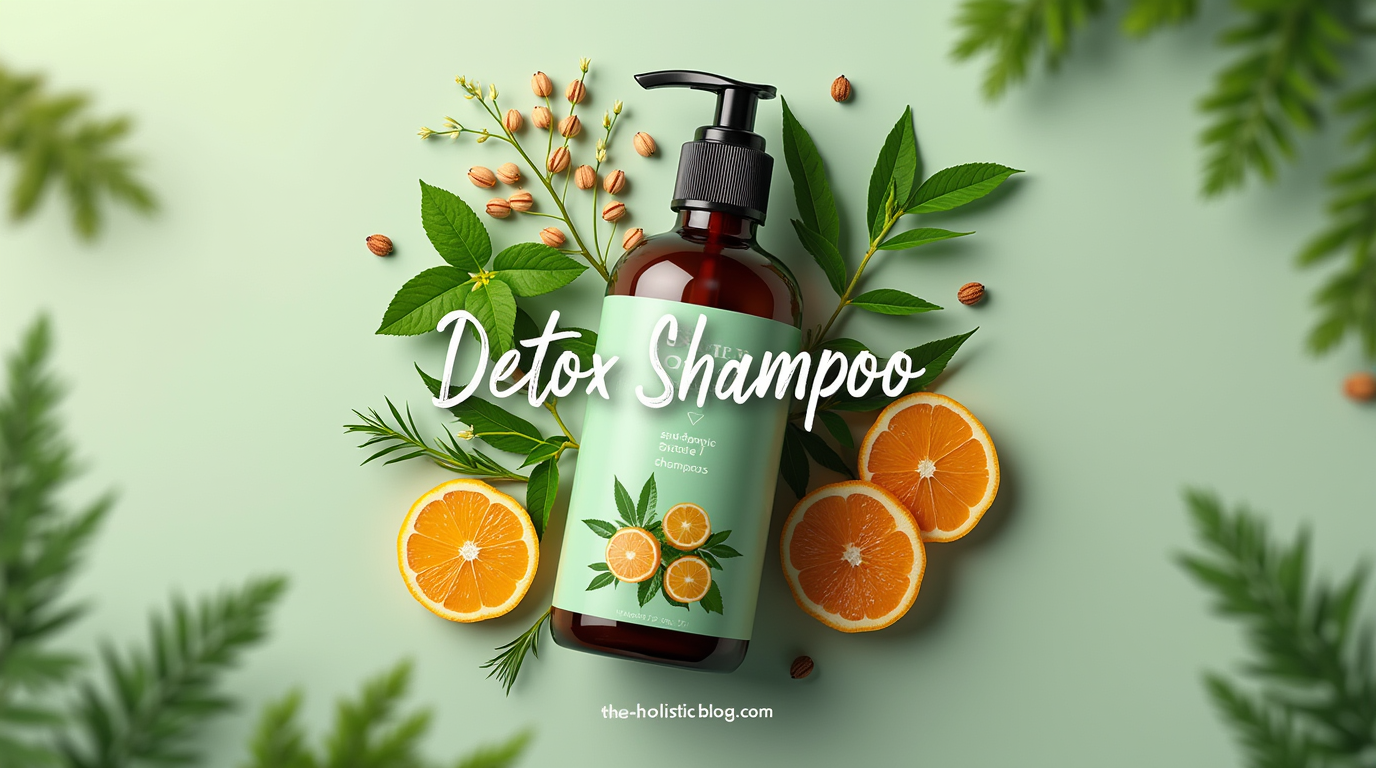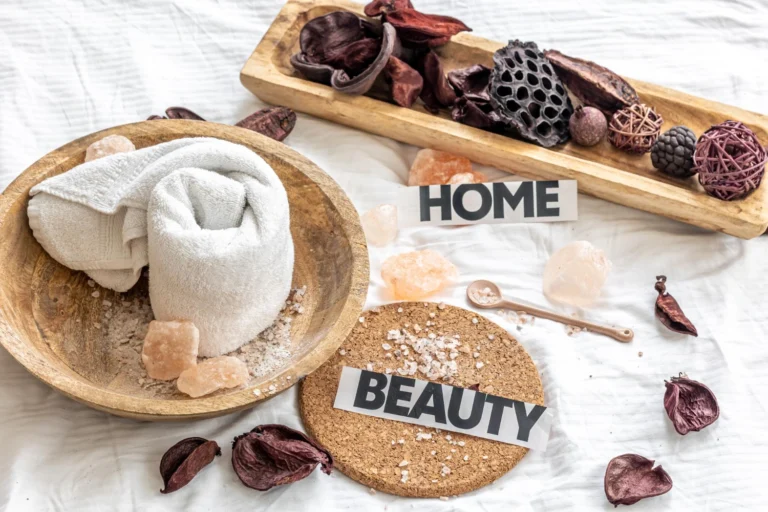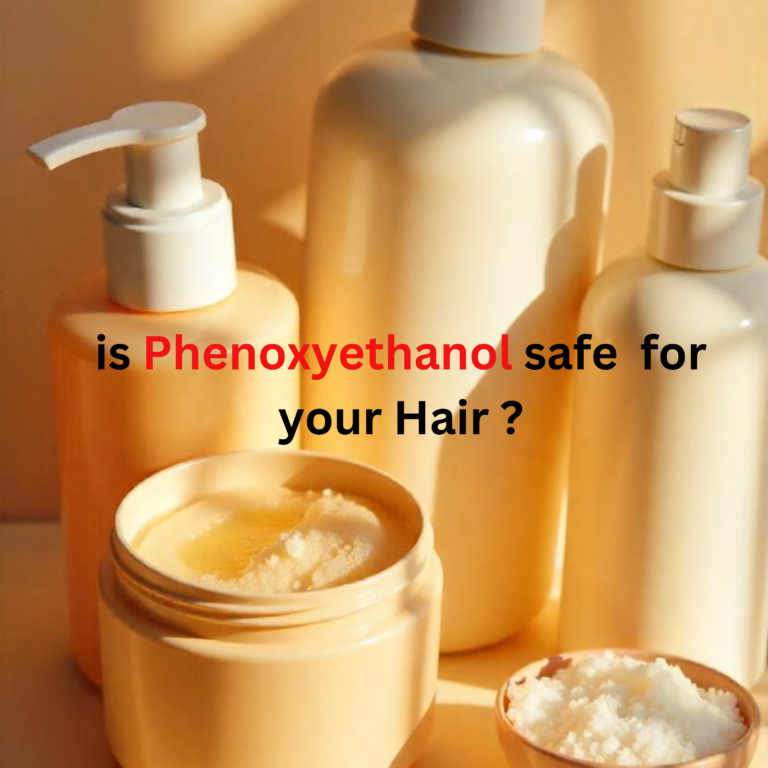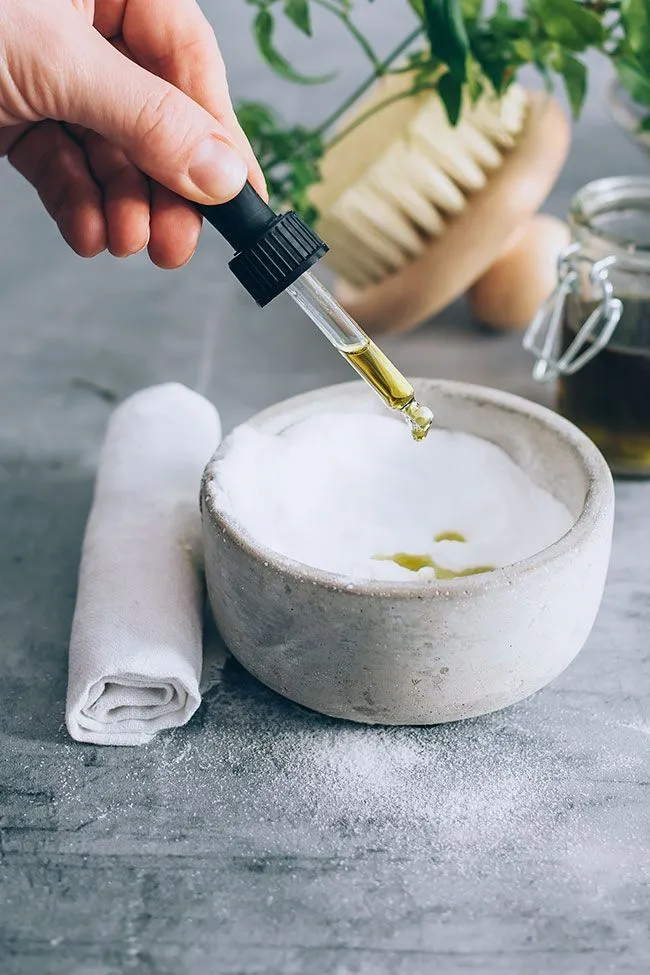Detox Shampoo: Unlock 5 Powerful Ingredients for vibrant Hair !
Table of Contents
Remember that frustrating moment when your favorite shampoo suddenly stops working? When your once-bouncy locks feel perpetually weighed down, despite diligent washing? This all-too-common hair crisis likely stems from an invisible culprit most of us overlook: build-up. Three months back, my typically voluminous curls had flattened dramatically, resisting every premium product in my bathroom arsenal. The game-changer arrived in an unassuming bottle of detox shampoo that stripped away months of accumulated product residue, hard water minerals, and environmental pollutants that my regular cleanser couldn’t touch. The transformation was immediate—like my hair could finally breathe again after months of suffocation.
If you’ve been battling with lifeless strands that never feel truly clean, you might be experiencing similar build-up issues that only a proper detox shampoo can effectively address. Let’s explore how these specialized cleansers work and how they might revolutionize your hair care routine.
What Exactly Is Detox Shampoo and Why Your Hair Needs It
The Science Behind Hair Build-Up
Your hair acts like a magnet for numerous substances throughout your daily life. Even if you’re careful with your hair care routine, several factors contribute to the gradual accumulation of residue:
- Silicones and oils from conditioners and styling products form microscopic layers that regular shampoos can’t fully remove
- Hard water minerals (primarily calcium and magnesium) deposit on hair strands with every wash
- Environmental pollutants including dust, smoke, and airborne particles adhere to hair fibers
- Natural sebum production combines with these external substances, creating a stubborn coating
Over time, these layers build upon one another, leaving your hair increasingly burdened. Regular shampoos, formulated for gentler daily cleansing, typically lack the specific ingredients needed to break these bonds completely.
How Detox Shampoo Differs from Regular Cleansers
Detox shampoo functions fundamentally differently from your everyday cleanser. While regular shampoos focus on maintaining a balance between cleansing and moisturizing, detox formulations prioritize deep cleansing through specialized mechanisms:
- Stronger surfactants designed specifically to dissolve stubborn residue layers
- Chelating agents that bind to and remove mineral deposits from hard water
- Higher pH levels that temporarily open the hair cuticle for more thorough cleansing
- Absorbent ingredients like activated charcoal or clay that draw impurities from the hair and scalp
This intensive cleansing action explains why detox shampoos aren’t intended for daily use—they’re reset buttons rather than maintenance products. Most hair professionals recommend using them every 2-4 weeks, depending on your hair type and product usage.
Signs Your Hair Is Crying Out for a Detox
Recognizing when your hair needs detoxification saves both frustration and money spent on products that can’t perform properly on build-up-laden strands. Watch for these telltale indicators:
- Your hair feels unusually heavy, with noticeably reduced volume at the roots
- Washing leaves your hair feeling less than pristinely clean, regardless of how thoroughly you rinse
- Previously effective styling products no longer deliver the same results
- Your strands appear perpetually dull, lacking their natural shine
- Increased tangling and manageability issues emerge
- Scalp problems like itchiness, flaking, or excessive oiliness develop or worsen
- Color-treated hair shows muted tones or unwanted brassiness
If you’re nodding along to several of these symptoms, your hair likely needs a thorough detoxification session to restore its natural balance and responsiveness.
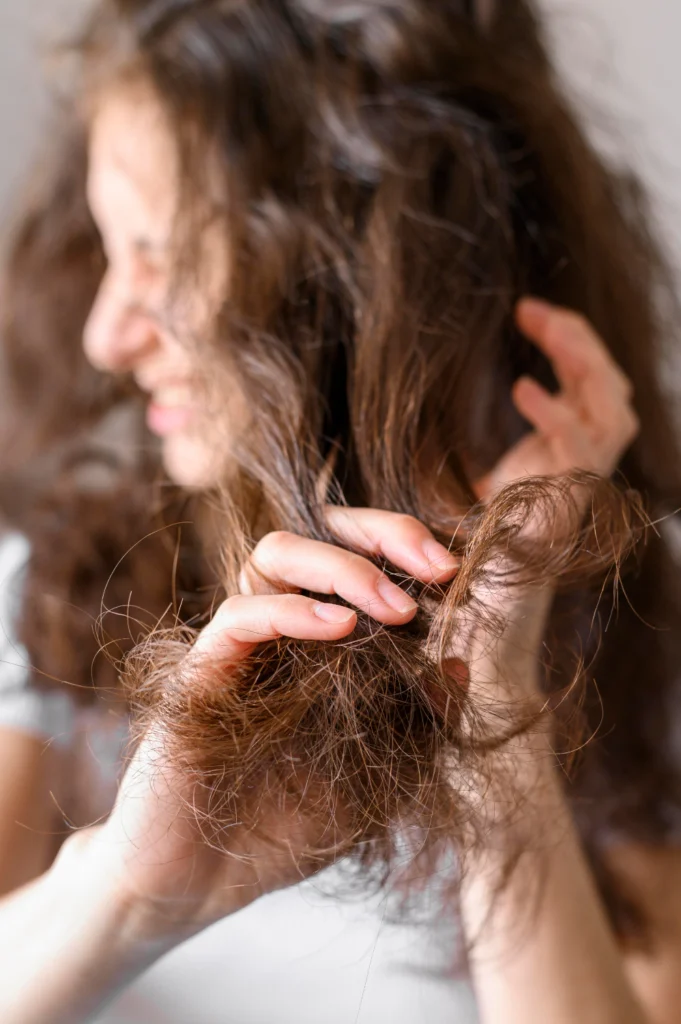
The Different Types of Detox Shampoos for Various Hair Needs
Clarifying Detox Shampoos
These represent the most common detox formulations, designed primarily to remove product build-up and excess oils. They typically contain stronger surfactants like sodium lauryl sulfate or cocamidopropyl betaine in higher concentrations than regular shampoos.
Best for: Normal to oily hair types, frequent styling product users, and those needing occasional deep cleaning.
Usage tip: Focus application primarily on the scalp and roots where most build-up accumulates, and limit use to once every two weeks to prevent over-drying.
Chelating Detox Formulas
These specialized detoxifiers target mineral deposits from hard water, chlorine, and other metallic elements. Their defining feature is the inclusion of chelating agents (like EDTA, citric acid, or phytic acid) that bind to minerals and remove them during rinsing.
Best for: Swimmers, those living in hard water areas, and anyone noticing dullness or color distortion from mineral build-up.
Usage tip: These formulas can be more drying than standard clarifiers, so always follow with an intensive conditioning treatment focused on your mid-lengths and ends.
Scalp Detoxifiers
Rather than targeting the hair strands primarily, these formulations focus on cleansing and exfoliating the scalp itself. They often contain ingredients like salicylic acid, tea tree oil, or physical exfoliants to remove dead skin cells and clear follicle openings.
Best for: Those experiencing dandruff, scalp irritation, excessive oiliness, or as pre-treatment for hair growth regimens.
Usage tip: Massage these products thoroughly into the scalp using fingertips (not nails) and allow sufficient contact time—usually 3-5 minutes—before rinsing.
Natural and Organic Detox Options
For those preferring plant-based solutions, these formulations leverage natural clarifying ingredients like apple cider vinegar, various clays, activated charcoal, and botanical extracts. While typically gentler, they can still effectively remove most types of build-up with proper use.
Best for: Sensitive scalps, those avoiding synthetic chemicals, and anyone pursuing more sustainable hair care options.
Usage tip: Natural detoxifiers often require longer contact time to work effectively—consider applying and covering with a shower cap for 5-10 minutes before thoroughly rinsing.
The Powerful Ingredients Behind Effective Detox Shampoos
Common Detoxifying Agents and Their Benefits
| Ingredient | Primary Function | Best For | Potential Concerns |
| Activated Charcoal | Absorbs impurities and excess oils | Oily scalps, environmental pollutants | May temporarily stain light hair |
| Apple Cider Vinegar | Dissolves residue, balances pH | Product build-up, restoring shine | Strong smell, can highlight brassiness in blonde hair |
| Bentonite Clay | Draws out impurities, absorbs excess oil | Deep cleansing, oily scalps | May be drying for already dry hair |
| Tea Tree Oil | Natural clarifier with antimicrobial properties | Scalp issues, dandruff | Potential irritant for sensitive skin |
| Witch Hazel | Astringent that removes excess oil | Oily scalps, sebum control | Can be drying if overused |
Understanding these key ingredients helps you select the most appropriate detox shampoo for your specific concerns without unnecessarily compromising your hair’s moisture balance.

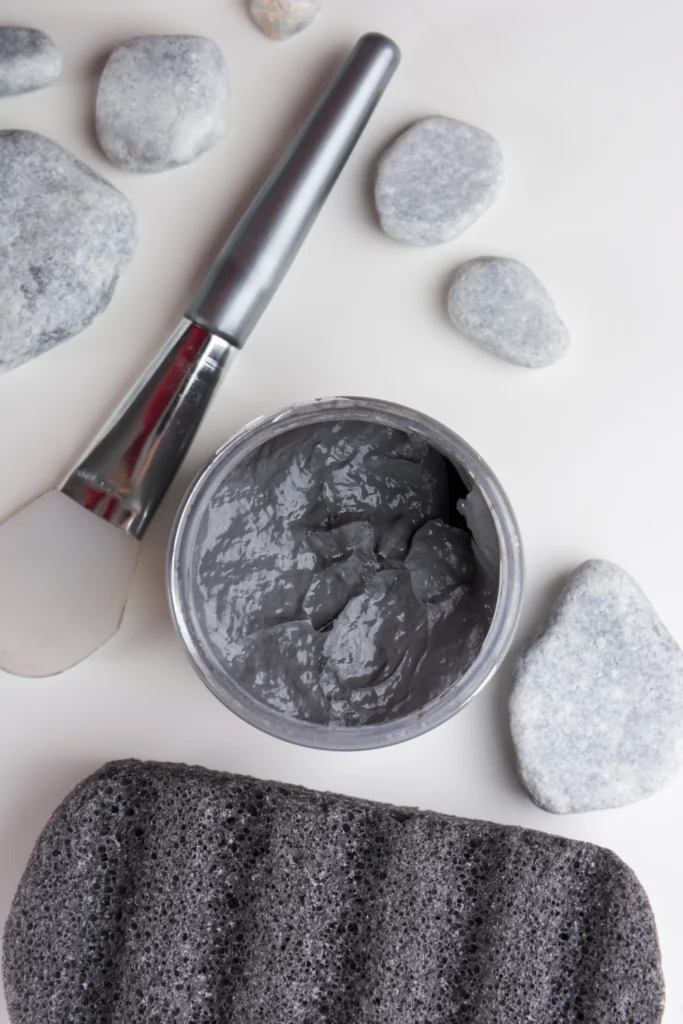
How to Properly Use Detox Shampoo for Maximum Benefits
Achieving optimal results from your detox shampoo requires more than simply swapping it for your regular cleanser. Follow this specialized technique:
- Thoroughly wet your hair with warm (not hot) water to open the cuticle and loosen build-up
- Apply a quarter-sized amount of detox shampoo primarily to your roots and scalp
- Instead of immediately lathering, gently massage using fingertips in small circular motions for 2-3 minutes
- Allow the formula to sit for 3-5 minutes (check product instructions for specific timing)
- Rinse exhaustively until water runs completely clear
- Follow immediately with a moisturizing conditioner applied from mid-lengths to ends only
- Consider a cool water final rinse to seal the cuticle and enhance shine
This methodical approach ensures the detox shampoo works effectively without overly stripping your hair’s natural moisture.
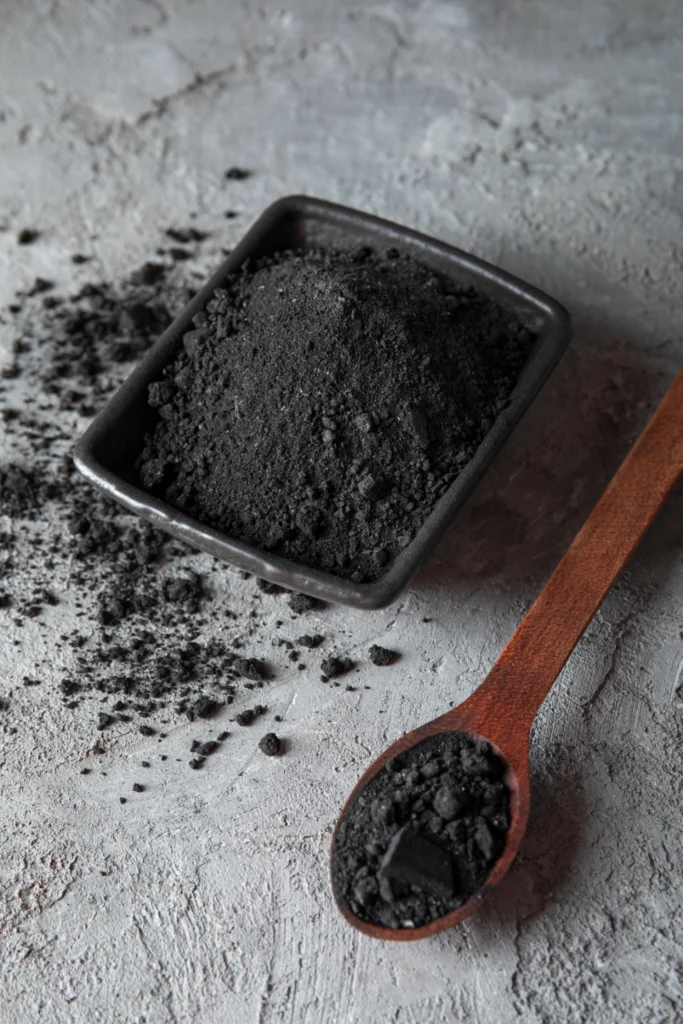
Post-Detox Hair Care Essentials
The moments following detoxification present a crucial opportunity to rebalance your freshly cleansed hair:
- Apply a deep conditioning mask or treatment to restore moisture, particularly for dry or damaged hair
- Consider a leave-in conditioner or heat protectant if heat styling will follow
- Avoid immediately reapplying heavy styling products that could restart the build-up cycle
- Opt for lighter, water-based styling formulas rather than those containing heavy silicones or oils
This transitional care ensures your hair remains balanced between effectively clarified and appropriately moisturized.
Creating Your Detox Shampoo Schedule
Different hair types require individualized detox frequencies to maintain balance without over-stripping:
- Fine hair: Every 2-3 weeks maintains volume without causing dryness
- Thick or coarse hair: Monthly treatments prevent excessive moisture loss
- Oily hair: Bi-weekly sessions help control sebum without triggering overproduction
- Dry or damaged hair: Every 4-6 weeks with intensive conditioning afterward
- Color-treated hair: 3-4 weeks after coloring services to preserve investment
Seasonal adjustments might also benefit your hair—more frequent summer treatments address chlorine and sunscreen residues, while winter might require less frequent detoxification due to naturally drier conditions.
Listen attentively to your hair’s needs rather than adhering rigidly to a schedule. Premature heaviness, dullness, or product resistance signals the need for detoxification regardless of your calendar.
Frequently Asked Questions About Detox Shampoo
How often should I use detox shampoo?
Most hair professionals recommend using detox shampoo once every 2-4 weeks. Your specific frequency depends on several personal factors: how much styling product you apply daily, whether you live in a hard water area, your hair’s natural oil production, and your hair type. Those with oily hair or who use styling products heavily may benefit from more frequent use (every 1-2 weeks), while those with dry or color-treated hair should limit detox shampoo use to once a month. Overusing detox shampoo risks stripping natural oils and creating a counterproductive cycle of dryness followed by increased oil production.
Will detox shampoo strip my hair color?
Some detox shampoos, particularly those containing chelating agents, can accelerate color fading. If you’ve invested in color services, look specifically for color-safe detox shampoo formulations. These specialized products remove build-up without aggressively attacking the artificial color molecules. Additionally, timing your detox shampoo use at least two weeks after coloring services helps preserve your color investment. Always follow with a color-protecting conditioner to seal the cuticle and lock in color molecules after detoxification.
Can I use detox shampoo on damaged hair?
While detox shampoo can benefit damaged hair by removing barriers that prevent conditioning treatments from penetrating effectively, extra precautions remain necessary. Choose gentler formulations without harsh sulfates, limit use to once monthly at most, and always follow with an intensive deep conditioning treatment.
Consider pre-treating particularly damaged sections with a lightweight oil before shampooing to provide some protection during the detoxification process. Remember that while detox shampoo creates a clean foundation for repair products to work more effectively, it doesn’t directly repair damage itself.
Conclusion: Finding Your Perfect Detox Routine
Incorporating detox shampoo into your hair care can be so beneficial for your hair’s health . Rather than viewing detoxification as an emergency intervention when your hair becomes unmanageable, consider it regular maintenance like exfoliating your skin or scheduling dental cleanings.
Ready to experience the transformation detox shampoo can bring? feel free to share with us your tips and experiences.

